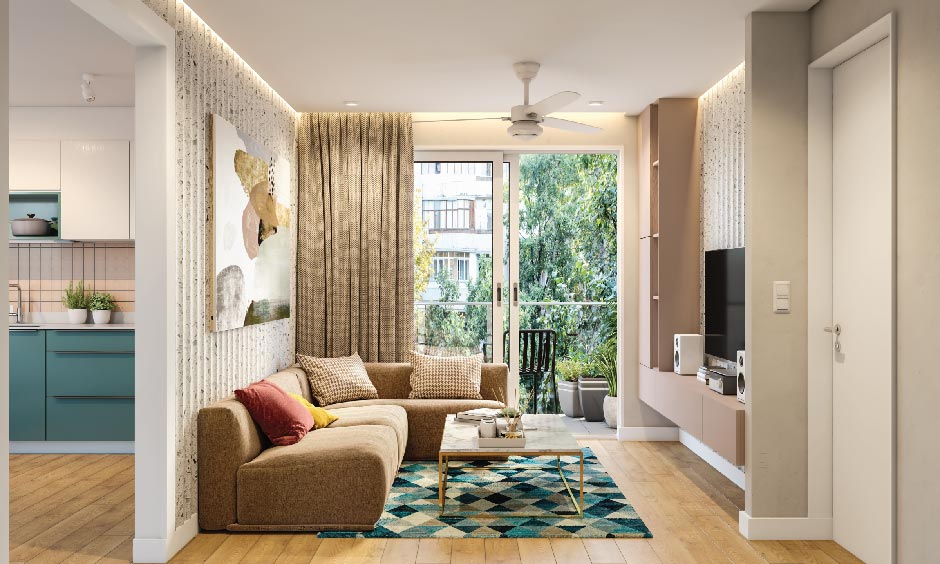The Evolution and Importance of Furniture in Our Lives

Furniture plays a significant role in the daily routine of our lives every day that influences our interactions with our environments and altering our convenience and function. From the early days of the human race, when primitive cultures used a few items for resting or sitting and rest, through the contemporary furniture of today’s design, furniture has continuously evolved in order to satisfy the requirements of their users. Its evolution is the result of advances in culture, technology, and fashion, showing the changing interaction with people and their environment. In the present, furniture serves not just as a practical purpose, but is a source that expresses self-expression and creativity and can significantly alter the ambience of public and private spaces as well as homes.
The development of furniture is a long time in years with the ancient civilisations such as Egyptians, Greeks, and Romans playing a significant role in the evolution of furniture. In early Egypt, furniture was crafted using wood and frequently decorated with elaborate carvings and gold which reflected the prestige and riches of the owner. The Greeks were adamant about simplicity and function in their furniture usually designed to match their ideals of harmony and proportion. The Romans also advanced furniture design, by using new methods and materials, such as the use of curving forms and furniture with upholstered parts. This foundational period of history set the stage for the future furniture designs, and influenced the design concepts that still remain relevant today.
The modern age in which the industrial revolution was a major factor, we saw the beginning of a major shift with regard to furniture production. The mass manufacturing process allowed the creation of furniture at a greater scale and made it accessible to the masses. This change brought about different styles including Victorian, Art Nouveau, and Mid-Century Modern, each reflecting the current trends of the time. As the popularity of consumption grew throughout the 20th century furniture was a symbol of status and trends in design changed quickly. Designers experimented with the latest materials like metals and plastics. This expanded the options for creative thinking in furniture design. The furniture sector blends traditional craft and modern technologies, resulting in distinctive products that can be both useful as well as pleasing to the eye.
Sustainability is now a major factor within the furniture sector as increasing awareness about environmental concerns. A lot of consumers are now focusing on environmentally friendly materials and sustainable production methods when buying furniture. This has resulted in an upsurge in demand of bamboo, reclaimed wood and various other resources that are renewable. Furthermore, furniture makers are increasingly looking to reduce waste while using environmentally-friendly materials. Since the demand for environmentally friendly items increases, the market evolves to accommodate the demands of those who are aware of the impact they have on the environment while searching for fashionable and useful furniture for their homes.

The effect of furniture isn’t just about aesthetics. It plays crucial roles in determining our physical as well as mental wellbeing. A well-designed furniture can improve your comfort, improve posture and increase efficiency. As an example ergonomic office chairs as well as desks are essential for working from home which helps to avoid injuries and strains when sitting for long periods of time. Furthermore, the layout and design of furniture within a room can dramatically affect mood and behaviour. Relaxing seating spaces promote peace and interaction with others as well as organized work spaces increase concentration and creative thinking. Therefore, investing in good furniture isn’t just about design, but rather an investment in wellbeing and well-being. For more information please Discover More Here
When it comes to designing interiors, furniture can be considered the base of an overall design. Designers choose furniture that fit in with the architectural and functional requirements of the space while also in balancing practicality and style. Colors as well as materials and patterns of furniture can result in a cohesive appearance that is reflective of the individual’s style and personality. Fashions in furniture style can change dramatically in time as a result of cultural shifts, technological advances as well as consumer trends. Modern minimalist style is an example. It has resulted in a focus on functionality and simplicity which has led to the adoption of clear lines and neutral colors. However, maximalist design has been praised for its bright colors and bold patterns and has allowed for more interesting and diverse interiors.
To conclude, furniture is much more than just practical items It is an integral part of our lives which can affect our wellbeing, comfort and individual expression. From its early development through modern advancements in terms of design and sustainability furniture reflect the ever-changing requirements and needs of the society. In the midst of navigating the ever-changing world of modern living the significance of an intelligent furniture design and style is vital. It doesn’t matter if it’s creating a welcoming space in a home or encouraging productivity at the workplace, furniture plays a crucial influence on our daily lives as well as our interactions with the environment. As new trends emerge and innovative techniques and materials are developed and are developed, the future of furniture is sure to change in line with our changing needs and tastes.
